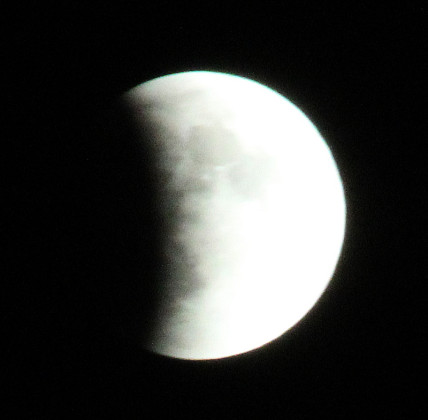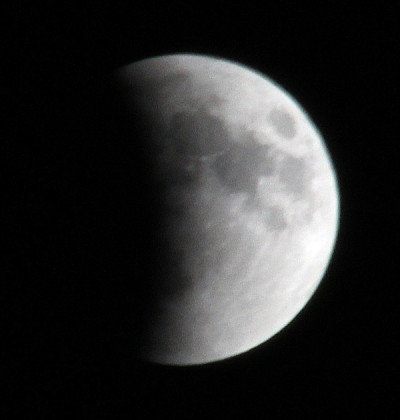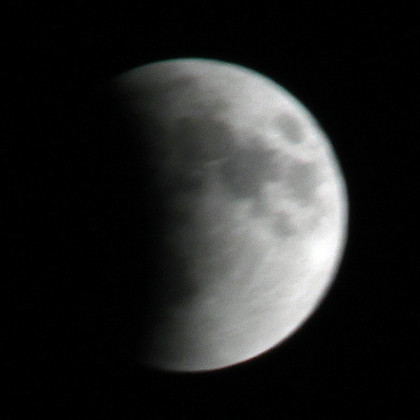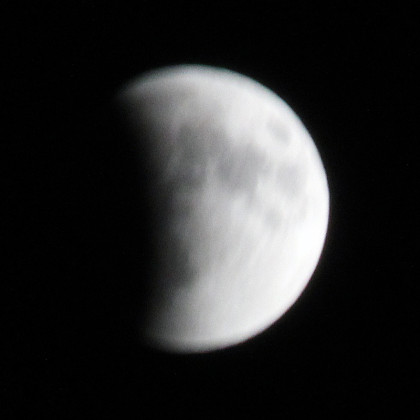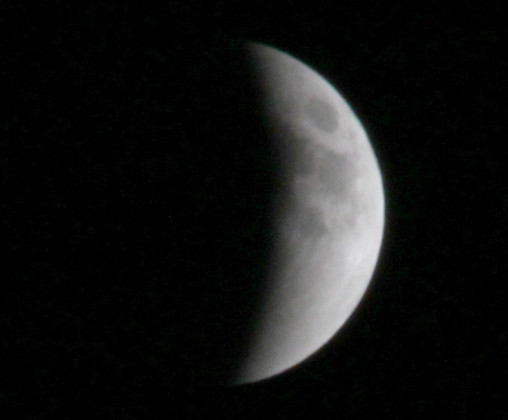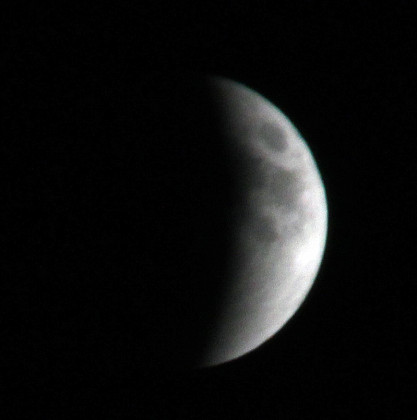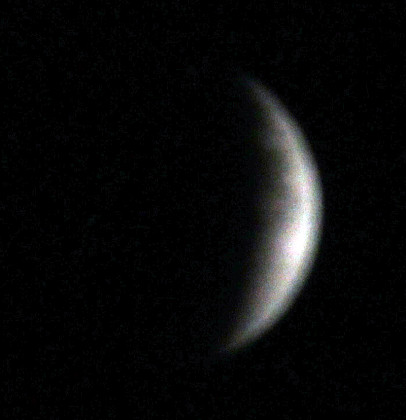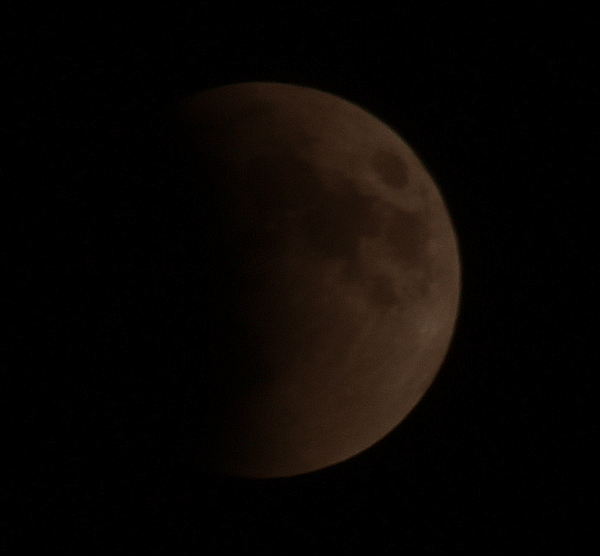
If their local skies were clear of cloud cover, roughly half of humanity could look up Sunday evening and see a celestial rarity: A ‘Blood Moon.’
Observers in the United States, Canada, Central and South America and most of Western Europe were treated to the event Sunday evening. Monday night, those living in the remainder of Europe, Africa and South and East Asia see a partial lunar eclipse.
So-called because of the rose-like color in which the moon briefly appears, a ‘blood moon’ requires, first, a total lunar eclipse, which happens when the earth passes directly between the sun and the moon. If the moon is a ‘super moon’ that is, at perigee — the closest point it comes to the earth in its orbit around Terra — and is also in the full moon phase … ‘viola!’ a ‘blood moon.’
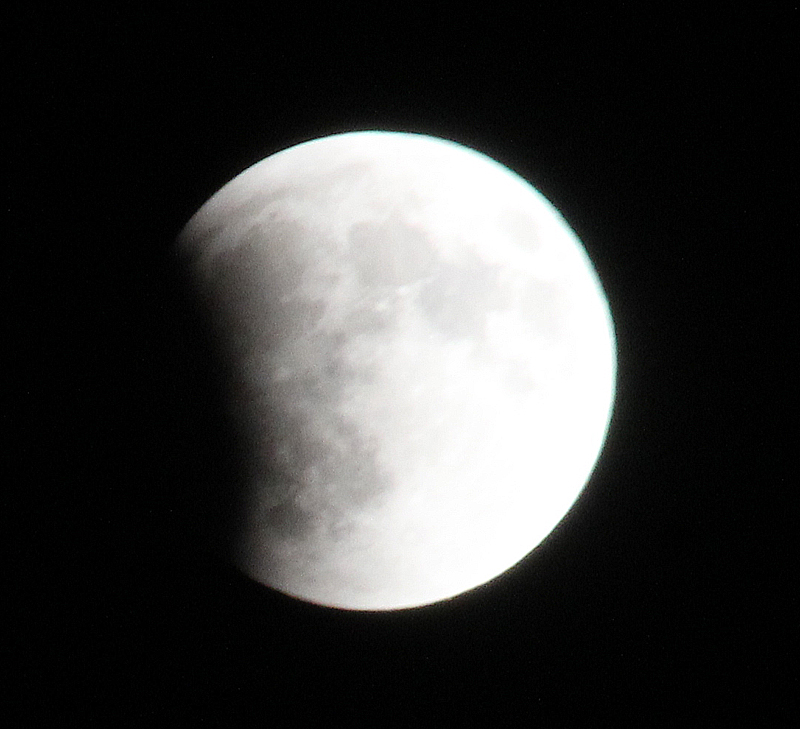
The color taken on by the moon is due to the refraction of sunlight as it passes around the earth and through the upper levels of the atmosphere. As the light waves on the red end of the spectrum are more narrow than those on the blue or violet end, they remain more concentrated and thus illuminate the moon in the reddish hue.
Since I was a sophomore in high school the last time North America was privy to such a lunar treat, I decided to try my hand at photographing the event. So, for the better part of three hours I held forth in the parking lot of the Forest Park Museum, where the light pollution of city lights was lessened a glorious, cloud-free view of the eastern sky was offered.
Constant fumbling with f-stops, aperture settings, ISO speeds and any other number of photographical annoyances did little to enjoy the actual viewing, although a professional shooter — and not a writer posing as one — would doubtless have produced finer results.
——————————-
Here are few additional fun facts — specifically for students or those with an interest in such things — about Sunday’s event:
The moon was at perigee, the closest point in its orbit around the earth, which is not elliptical — in other words, not perfectly circular. At perigee, the distance is approximately 225,000 miles; at apogee (the furthest point) the distance is 251,000 miles.
If you were to fly from New York city to Los Angeles and then back to New York in one day, you would need to make 46 such trips to cover the same distance that the moon is from the earth at perigee.
If you were to fly from the earth to the moon and back again in one day, and you started on January 1st, you would have to make the round trip every day until July 26 before you traveled as far as the earth is, on average, from the sun (93 million miles).
The sun is so far away, that light — which travels at 186,00 miles per second — takes almost eight whole minutes to reach the earth. In other words, were the sun to blink out suddenly, we would not find out on earth for almost eight minutes.
The circumference of the earth is 24,901 miles; the circumference of the moon is 6,783.5 miles, making the earth slightly less than four times larger than the moon.
The moon revolves around the earth, but it does not rotate — the same side of the moon faces the earth at all times.
The fastest spaceship mankind has ever launched took three days to reach the moon.
——————————-









